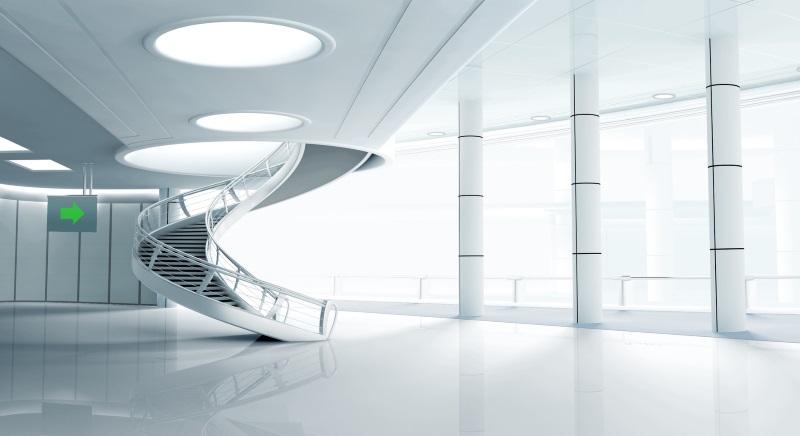Post-frame construction has been around since humans first started building spaces to live in, but it is becoming a more popular option for new home and commercial construction, thanks to its flexibility, sustainability and cost-effectiveness.
What Is Post-Frame Construction?
Post-frame construction is an engineered-wood-frame building system that meets Uniform Building Code (UBC) and International Building Code (IBC) standards.
Buildings constructed with this method feature large, solid, sawn posts or laminated posts instead of wood studs, steel framing or concrete masonry. These are sunk into the ground or mounted to a concrete pier or masonry foundation and may use plastic barriers for enhanced protection of wood and concrete posts or piers.
In the modern era, it became popular among farmers in the early 20th century, as increasing use of machines in agriculture required bigger barns with larger openings.
Technological advances, like the ability to pressure-treat wood for increased protection against the elements and wood-eating insects, have made this kind of construction popular for more than just barns. It’s suitable for almost any low-rise building, whether residential or commercial.
Flexible
Above all, post-frame construction is flexible.
Because it requires less foundation and few load-bearing walls, it can be configured into almost limitless floor plans. It’s also easy to add elements later, if your needs change.
The post construction allows for large doors and windows, placed almost anywhere on the frame – catnip for architects who love designing beautiful indoor-outdoor spaces.
Post-frame buildings can have almost any kind of architectural detail or finish, and can easily accommodate most kinds of siding, whether wood, steel or vinyl. Roofing is equally flexible, with a wide variety of options at almost any pitch.
Sustainable
Post-frame is among the most sustainable of construction methods for several reasons.
It uses fewer building materials overall than typical stick-frame (also known as stud-wall) construction. Moreover, because it requires less foundation, less concrete is used, and there is less excavation and disturbance of site land.
Many construction elements can be pre-manufactured rather than cut on site, resulting in less waste of materials.
Also, because posts are spaced farther apart than studs, post-frame buildings feature an exceptionally large wall cavity and provide ample room for insulation, lowering heating and cooling costs through the life of the building.
And those potential large windows let you take advantage of natural light to reduce energy use during the day.
Inexpensive
Many of the elements that make post-frame construction more sustainable also make it less expensive than other methods.
The large excavation and labor costs involved in pouring a concrete foundation that account for significant expense in many construction sites don’t apply to post-frame. Because the larger posts and the interlocking frame can handle greater loads than stud-wall construction, fewer structural materials are needed, saving time and other costs.
Using pre-fabricated construction materials also cuts down on labor costs, in addition to reducing waste.
Consider Post-Frame Construction
I love post-frame buildings for their flexibility and sustainability. Clients love them because they deliver those benefits for less cost.
As with any building project, if you’re considering post-frame construction for your home or work space, make sure your architect and contractors have experience with this type of construction.
This post first ran in 2019.


